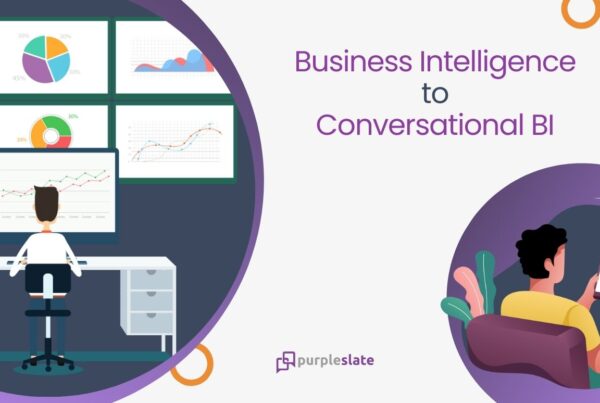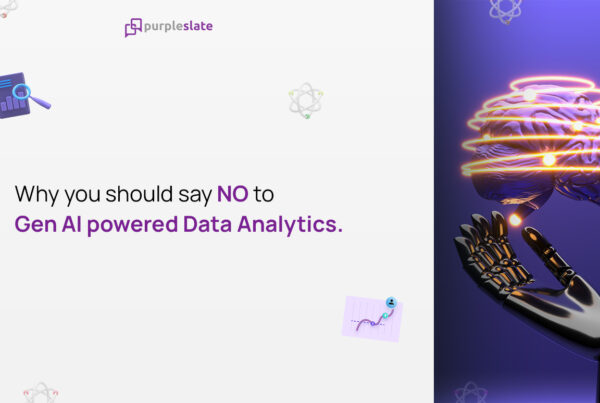
We are a Google generation and the search engine very much satiates our information need for anything and everything, every moment.
“What is this?”
“Who is this person?”
“Where is this place?”
“When did this happen?”
Every bit of information in the globe (almost everything) is just few keystrokes away.
Say, you are looking for information on the Bronze Age, and as Google has managed to achieve its goal of ‘organizing the world’s information and making it easily accessible’, just on a simple search, we are served an array of information on that topic, sorted in relevance, readily available for our consumption.
But, have you ever wondered what would be the value of this information? How would you quantify the value of that piece of answer you just got from Google? How could we attribute a value to those answers? The plausibility and simplicity of the ways to access information should not undermine the value of it. Does abundance devalue the information?
Value can be measured in multiple dimensions.
The first dimension could be on the utility value of the information. This value would be dependent on few factors namely, who uses that information, what do they use it for and when they use it. Or, in other words, the value would be a factor of ‘purpose’, ‘gained knowledge’ to the extent that they don’t have that information. In the case of the google search results, the scarcity of the information improves the exchange value.
In terms of ‘gained knowledge’, one critical factor in deducing value is to understand the difference between absolute and relative value of information. The same piece of Information can have different value for different people, based on what they already know. What could be valuable for someone may not be of much value to another.
The second one could be on the way we get access to the information. One simple way to get a perceptive value is to contrast it to the traditional ways of information access. If not for the search engine, how hard would it be to get your question answered. What is the effort involved – both physical and mentally? Say, walking up to a library, locating a relevant book, reading it, interpreting it. Or, finding someone knowledgable and sourcing the answers from them.
The third and most important dimension in deciding the value of information, at least to me personally, is related to Time. How long does it take to get the information? Similar to the concept of Time value of Money which attributes more value to the present value of money in comparison to the future earning potential, the availability of information and answers at this very moment makes it that much more cherished.
Studies reveal that a significant portion of the time and resources in any organization is drained looking for information. A McKinsey report states, on an average information workers spend up to 2 hours per day looking for information. When data and information is not available when we need it, the very purpose of curating them loses its intent. This is one of the main reason for the high failure rate in data projects. Doesn’t serve the intended purpose.
The Time dimension again comes under few major aspects. Freshness – data carries insights that are perishable or insights that lose the value after a certain point in time. For example, any user would like to know at the very instant when a system goes down, for them to take proactive action, not after it is too late to take any action. Completeness – the single point of fresh data might be of less use, unless viewed in a larger context with some historical reference. And the third aspect around Accessibility – Making data easily available at the hands of decision makers should be one of the primary goals of any digital organization. Available when they need it the most; not after days or weeks or months.
If Google were to tell us ‘come back tomorrow and I will find the information for you’ vs presenting the answers in a meaningful fashion, in a fraction of a second enhances the value that much more.
In summary, let’s not underestimate the downside of Time value of Data. Data, data everywhere. Not a byte is available when we need it the most.
The goal of any data management application should be to help users achieve these three aspects. Make data available closer to the point of creation, real-time, with an ability to integrate it with a larger landscape – more data, more dimensions – and make it easily accessible to the business users and decision makers – just like the popular search engine or like talking to a knowledgeable person.




